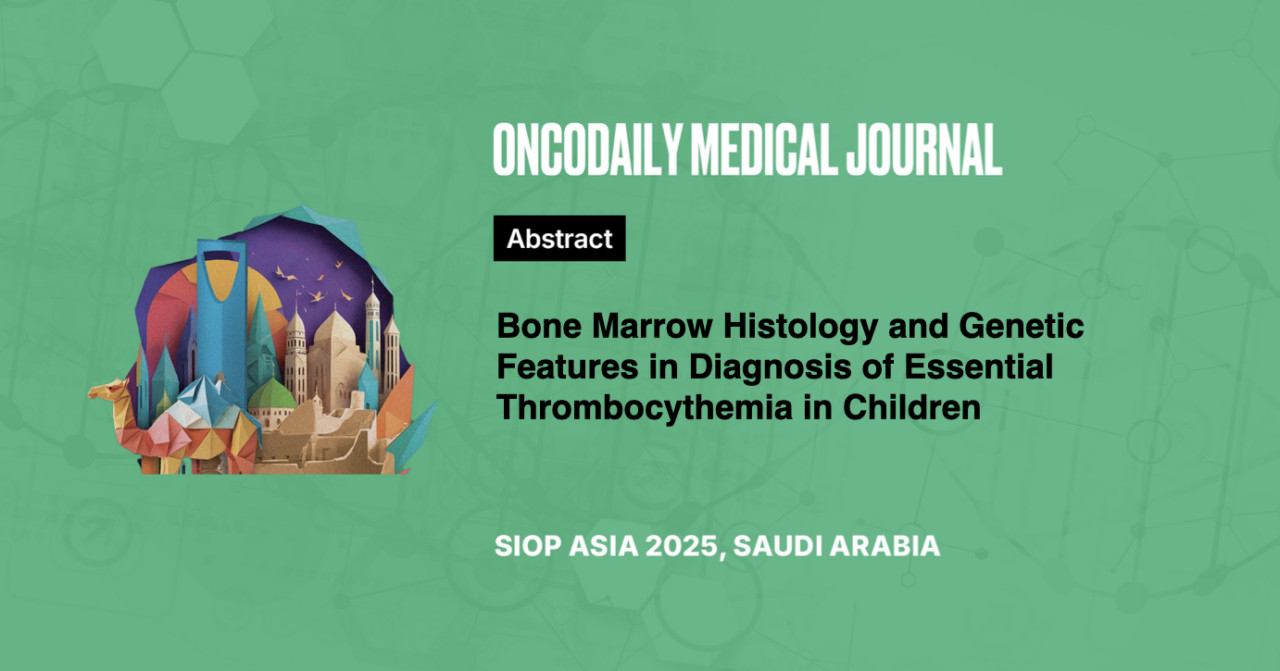Bone Marrow Histology and Genetic Features in Diagnosis of Essential Thrombocythemia in Children
Abstract
Introduction: Essential thrombocythemia (ET) predominantly affects individuals in their fifth to seventh decades, with rare pediatric cases. Pediatric ET (pedET) often presents as asymptomatic platelet elevation. Unlike adults, pedET is rarely associated with JAK2 mutations, and half of the cases lack mutations in any of the three canonical genes. Additional mutations, associated with a severe course of myeloproliferative neoplasms (MPN) in adults, are extremely rare in children.
Also, previous studies have shown telomere length reduction in adult MPN, regardless of JAK2 status. Considering the distinct clinical and genetic features, as well as the physiological aspects of hematopoiesis in children, standard ET diagnostic criteria may require revision for the pediatric population. Interpreting hematopoietic changes is particularly important for differentiating triple-negative ET from secondary thrombocytosis.
Methodology: Primary bone marrow (BM) biopsies from 54 pediatric ET patients diagnosed between 2016 and 2023 were retrospectively analyzed. Morphological features of ET were assessed microscopically using WHO classification criteria. Relative telomere length (RTL) was measured via flow-FISH in peripheral blood polymorphonucleated cells. Morphological differences between ET subgroups with and without canonical mutations were examined, and this study marks the first RTL analysis in pediatric ET.
Results: BM changes in pedET are generally similar to adult ET with minor differences in megakaryocytic morphology, including fewer giant cells with hypersegmented staghorn-like nuclei and an increased number of smaller cells with hypolobated nuclei. No morphological differences were observed between pedET subgroups with or without canonical mutations. RTL in pedET was slightly lower than in a reference pediatric cohort (median 10.8 kb vs. 12.0 kb), with only 4 cases (9%) showing significantly reduced RTL (<7 kb) and one outlier at 26 kb.
Conclusion: BM morphology remains crucial for diagnosing pedET, particularly in a setting of genetically triple-negative disease. Unlike adults, pedET does not exhibit marked RTL reduction.





